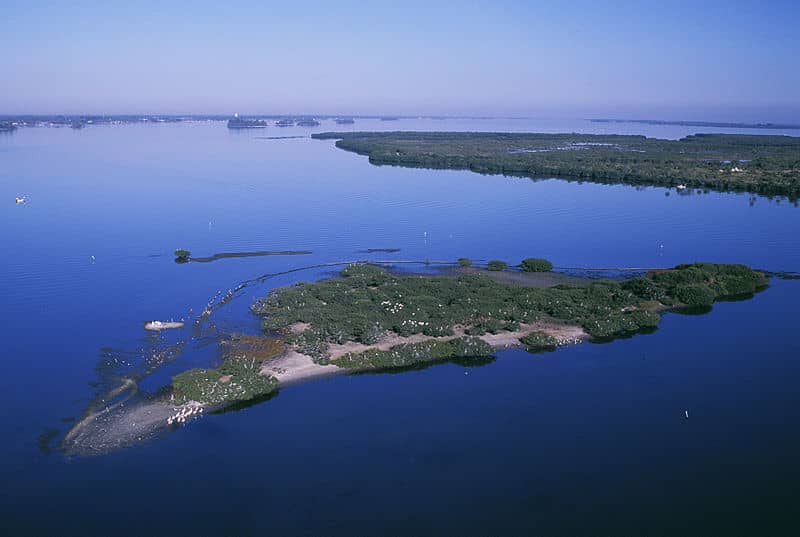End of Government Shutdown Reopens Federal Lands, Experts Calculate Cost to Economy
OutdoorHub Reporters 10.21.13

The federal government’s partial shutdown ended on Thursday, October 17. Barricades were lifted and government employees returned to work. The 16-day shutdown was significantly shorter than the month-long crisis that occurred in 1995-1996, and experts are already working to calculate the cost of this year’s debacle.
As for sportsmen and nature lovers, parks and wildlife refuges across the nation are opening up their gates to greet visitors. Over 20,000 National Park Service employees are back on the job along with 7,500 US Fish and Wildlife Service (USFWS) workers. Although they may be relieved to be off furlough, federal employees will have a busy time ahead of them in dealing with a hefty backlog.
“It’s like coming home from an extended trip,” Desiree Sorenson-Groves, vice president of government affairs for the National Wildlife Refuge Association, told OutdoorHub.
The shutdown brought a great strain onto closed federal lands and the communities that depended on them. Just days before Congress reached a deal to end the shutdown, some parks and monuments across the nation were reopened in hopes of mitigating the economic loss that the closure brought. Among them were the Grand Canyon and Zion National Parks, the Statue of Liberty, and every waterfowl production area in the United States. Unfortunately, this list did not include most of the wildlife refuges that hunters and anglers were barred from beginning October 1.
According to Sorenson-Groves, as of October 18 most if not all of these 561 refuges are now open, although the USFWS is sorely lacking in manpower. A skeleton crew of essential personnel have kept refuges ready to open, but three years of budget cuts means that employees will have to work overtime to get back on schedule.
“People assume that there’s some huge bureaucracy and it’s just not true. They’ve lost a lot of people over the last three years,” Sorenson-Groves said.
Experts at the National Wildlife Refuge Association and elsewhere are calculating the financial damage done to refuges by the shutdown, but the problem is a complex one. Like national parks, wildlife refuges have their own ecosystem of dependents. Anything that affects a refuge will affect the many hunting and fishing guides that operate in the area, as well as hotels, transport services, restaurants, and eventually full communities. The impact is much more visible on high-traffic national parks like Yellowstone and Everglades National Parks, which saw protests by people and businesses that lost money during the fall season due to the shutdown.
“National parks have a much higher visitation rate and the effects [of the shutdown] are visible and immediate,” Sorenson-Groves said. “Aside from sportsmen and bird watchers, not a ton of people know a lot about the refuges.”
Closing a refuge also means lost revenue for the government. Much like national parks, refuges generate more money that the funds needed to maintain them.
“Refuges around the nation generate $4 for every $1 put into run them,” Sorenson-Groves explained. “In some places it’s much, much higher depending on where it is, so we can extrapolate that if we are able to figure out how much a refuge costs to maintain and the average economic return.”
The USFWS expects that it will take several weeks before it is business as usual again. Hunters seeking more information on the availability of refuges can check their respective websites, but calling may provide more up-to-date details.
“I am happy to welcome back the more than 7,500 furloughed Service professionals,” said USFWS Director Dan Ashe in a release. “I know my hard-working, dedicated colleagues are eager to address their public service mission of conserving and protecting the nation’s fish and wildlife resources for all Americans.”

